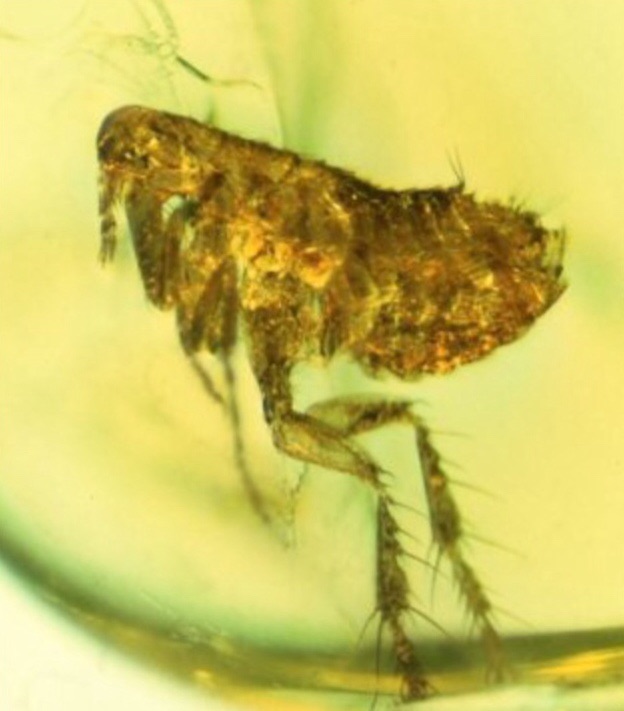-
Tips for becoming a good boxer - November 6, 2020
-
7 expert tips for making your hens night a memorable one - November 6, 2020
-
5 reasons to host your Christmas party on a cruise boat - November 6, 2020
-
What to do when you’re charged with a crime - November 6, 2020
-
Should you get one or multiple dogs? Here’s all you need to know - November 3, 2020
-
A Guide: How to Build Your Very Own Magic Mirror - February 14, 2019
-
Our Top Inspirational Baseball Stars - November 24, 2018
-
Five Tech Tools That Will Help You Turn Your Blog into a Business - November 24, 2018
-
How to Indulge on Vacation without Expanding Your Waist - November 9, 2018
-
5 Strategies for Businesses to Appeal to Today’s Increasingly Mobile-Crazed Customers - November 9, 2018
Bacteria From Ancient Flea Believed to be Related to the Bubonic Plague
The amber-encased flea was found in an amber mine located between Santiago and Puerto Plata, Dominican Republic. Yersinia pestis is known to cause nearly 30 million deaths in 14th century Europe.
Advertisement
That is, the bacteria on said flea has a strong resemblance in shape and form to the bubonic plague bacteria, Yersinia pestis, and researchers believe it may be Earth’s oldest evidence of that historic killer, according to a release.
The discovery has been published in the Journal of Medical Entomology by George Poinar, Jr., an entomology researcher in the College of Science at Oregon State University. All its features were consistent with the modern forms of bubonic plague.
Previous genetic studies predict the cycle of transmission and infection among plague bacteria and rodents to have evolved within the last 20,000 years.
Other similarities includes the bacteria’s location – near the fleas rectum and the presence of similar bacteria in a dried droplet – suggest that the bacteria would be transmitted in the same way as modern day plague.
While researchers can’t tell for sure that the bacteria – which were found in a dried droplet attached to the flea’s proboscis – are related to Yersinia pestis, their size, shape and characteristics are consistent with today’s strain. If this is true, of course, this could represent the oldest available evidence of the bacteria which caused the Bubonic Plague, according to a report from the Oregon State University.
This led the research team to believe that the bacteria is in fact much older than previously thought.
While strains capable of infecting humans may be more recent, ancient strains of Yersinia that appeared as rodent-afflicting parasites – possibly like those on the flea in amber – could have evolved long before humans, he says.
The unique laboratory specimen, however, reveals how blood-sucking fleas were carrying plague-type bacteria at the time the first giraffes, bears and hyenas were evolving.
This alleged ancient strain of the Yersinia pestis could rewrite history.
Fleas were a common source of the Bubonic Plague, as they would infect small animals and, in turn, humans. “
Plague may have played a larger role in the past than we imagined”,
he continued. Poinar said few fleas have ever been found preserved in amber and none have ever been reported with associated microorganisms.
While dinosaurs went extinct around 66 million years ago, long before this flea was alive, fossilised, flea-like creatures have been found dating to the dinosaur era.
Advertisement
Keep up to date with all the most interesting green news on the planet by subscribing to our (free) Planetsave newsletter.





























